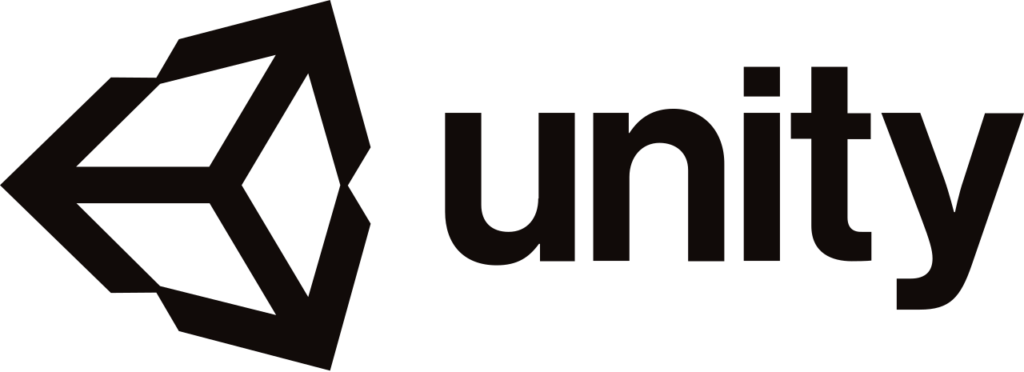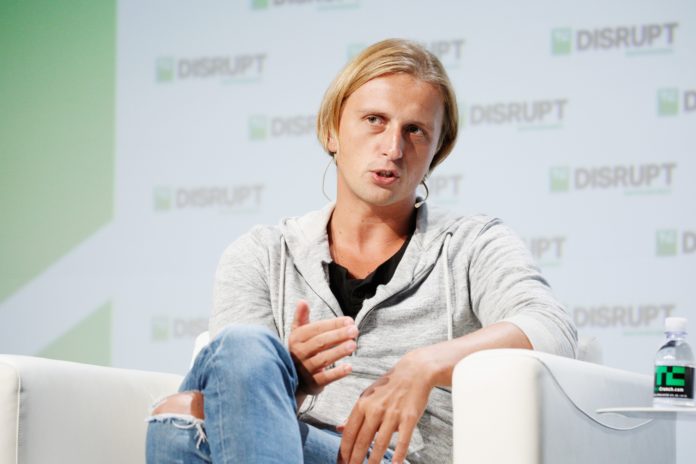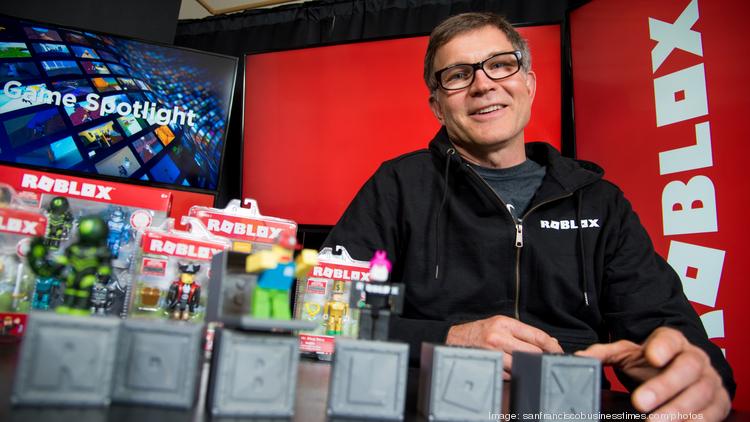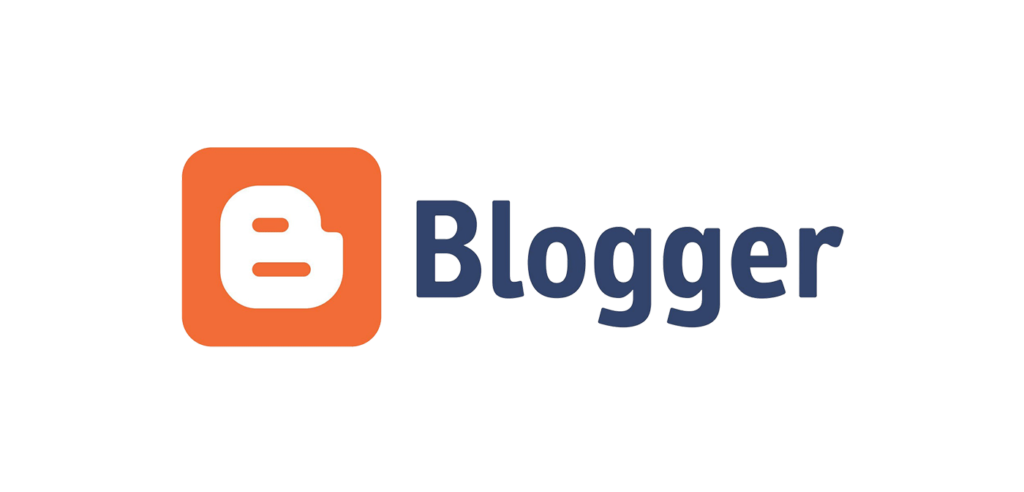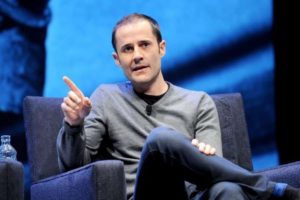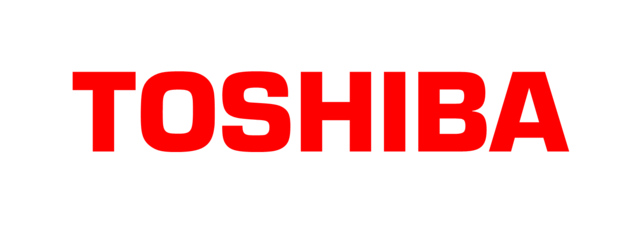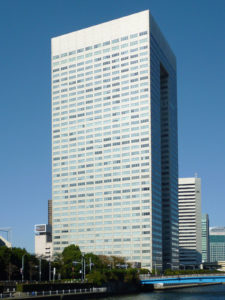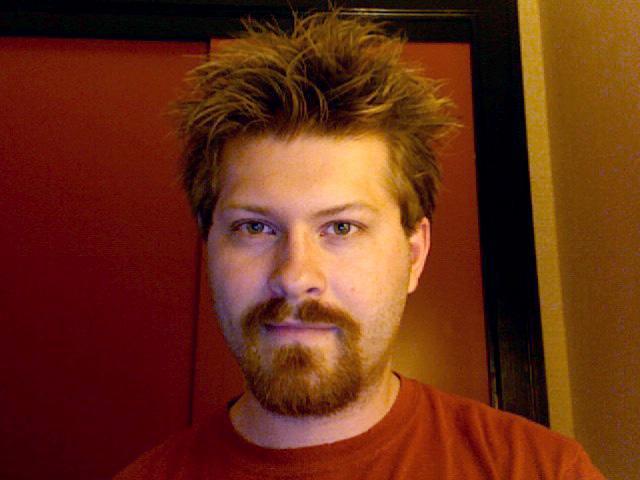Unity Technologies Co-founder, David Helgason, Teaches Us ‘Never Give Up’
In the past fifty years, the video game industry has evolved tremendously, and an infinite number of video game developers are currently contributing to the very field in their own way. David Helgason is one such developer, who along with Nicholas Francis and Joachim Ante, created a gaming engine that is used by half of the active game developers in the world, under the name of their company Unity Technologies. Unity Technologies is one of the biggest video game software development companies which are responsible for the development of most popular video games running today.
Early Life
David Helgason was born and brought up in Iceland. After spending the first ten years of his life in Iceland, he moved to Denmark with his mother. He was a little kid when his mother brought him a computer. As soon he got his hands on the computer, he grew an interest in learning more about it. Once after breaking the computer, he tried to fix it and got some video games to play on it. He even started learning programming languages, so that he could build games on the computer.
He spent a whole 22 years in Denmark, and from education to his first job, he did all there. Though he never got a degree from the university, as he dropped out of university at least four times, and studied different subjects every single time, including psychology, physics, computer science, Arabic, and middle eastern studies.
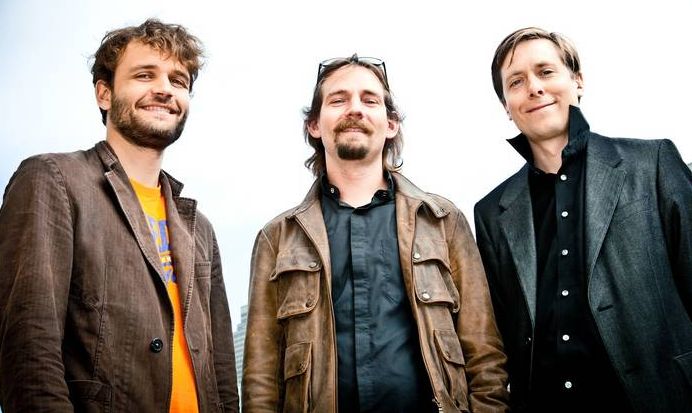
Founding Unity Technologies & Initial Struggling Years
Helgason was never sure of what he wanted to do in future, except becoming a scholar. But studies did not interest him, and after dropping out for four times from the university, he finally thought of starting a software development company.
In the year 2000, he started Over the Edge Entertainment (later rebranded as Unity Technologies) with his friends Nicholas Francis and Joachim Ante, inside a basement. To pay the rent and the taxes, all three were working part-time in restaurants and coffees shops.
The three friends had started the business but without a business plan. So they had nothing to do better than sticking along. So for a long time, they were doing some consulting projects and other non-technical jobs to support their company. The three finally launched their first game, GooBall, in 2005, and the bizarre thing about the game was that it only supported Mac. This way, the first project of the company failed badly.
The Rise of Unity Technologies
But this failure brought the three into the light, and they started working on another project. This time, they added support for Windows PCs and Web browsers. They also shifted their focus from developing games to developing a gaming engine. They aimed at creating a gaming engine that could ease out the process of development of 2D and 3D interactive content.
In 2006, the co-inventors participated in the Apple Design Awards and were the runner-up for Best Use of Mac OS X Graphics. In the next year, with the release of the iPhone, the company started working on adding the support for the iPhone in the engine. In 2008, they released the new version of the engine that supported iPhone games, becoming the first gaming engine to do so. This made the engine popular among the people. The company started developing support for mobile games and began to grow at a faster rate.
In 2008, Cartoon Network used the Unity engine to create FusionFall. FusionFall is an MMORPG for kids and has been played by 8 million people. In the following years, other big names like Electronic Arts, Microsoft and Ubisoft, also used the same engine for their projects.
In 2010, the company launched the Unity Asset Store, and in 2012, Unity Technologies acquired the animation company Mecanim. The next year, the company recorded 1 million registered developers, the 50 per cent of the total game developers of the world. Facebook also added Unity engine to its platform, in 2013,
The Fundraiser
By 2016, Unity Technologies had earned more than 5.5 million registered users. The same year the company raised a $181 million round of funding making the company valued at approximately $1.5 billion, and in another round of funding in the next year, the company raised $400 million that valued the company at $2.8 billion. In 2018, with $145 million raised in another funding valued the company at $3 billion.
In the year 2017, the company released the Unity 2017 version and partnered with Google to develop augmented reality tools for Android devices and apps on ARCore. The two companies also joined their hands to offer online game development on Google Cloud. Unity Technologies also started working with DeepMind, an Alphabet subsidiary, to develop a virtual world artificial intelligence.
Unity Technologies Expansion
Today, the Unity engine is also used in various other fields other than game development, including film, television and automotive. Since its inception, the company has acquired much other game development and media companies, including Digital Monarch Media (2018), Vivox (2019), Applifier (2014) and Multiplay (2017).
As of 2018, the company has hired more than 2000 employees and has established its offices in various parts of North America, Europe and Asia. John Riccitiello replaced Helgason as the CEO of the company in 2014. Since then, Helgason has been working as a member of the board of the company and has moved to Copenhagen. He has also spoken as a motivational speaker at many events, such as TechBBQ, Copenhagen Tech Festival, Techfestival.se, Tech Open Air Berlin, Slush, etc.

Yashica is a Software Engineer turned Content Writer, who loves to write on social causes and expertise in writing technical stuff. She loves to watch movies and explore new places. She believes that you need to live once before you die. So experimenting with her life and career choices, she is trying to live her life to the fullest.
